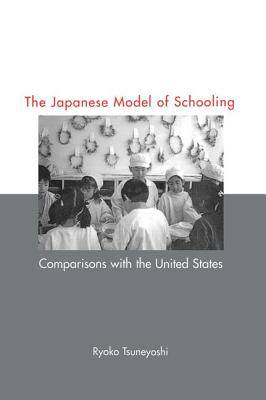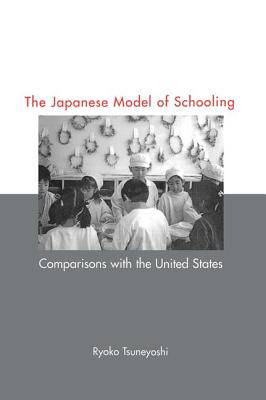
- Afhalen na 1 uur in een winkel met voorraad
- Gratis thuislevering in België vanaf € 30
- Ruim aanbod met 7 miljoen producten
- Afhalen na 1 uur in een winkel met voorraad
- Gratis thuislevering in België vanaf € 30
- Ruim aanbod met 7 miljoen producten
Zoeken
Omschrijving
In this book, Dr. Tsuneyoshi observes the educational approach of two nations, one most often cited as being the home of rugged individualism, and the champion of the free market, the other more often cited as being the most groupist amongst the industrialized societies, known for strong central guidance. He argues that American approach individualizes assistance, is competitive, focuses on the child's cognitive sphere, differentiates its faculty, and each faculty deals with the child in a specialized sphere. Meanwhile, the Japanese approach stresses the whole child, places children and faculty in close proximity with each other for extended periods of time in a cooperative framework, levels of self-containment are higher, collective goals, tasks, and reward structures are extensively organized, and the school provides the same treatment for all. Yet, despite such differences, Dr. Tsuneyoshi points out that we can notice many parallels, both in the contexts of education, and in the direction in which the two societies are headed. Dr. Tsuneyoshi brings to light both similarities and differences, asking and attempting to answer the difficult question all educators are asking: What do we need to teach children for the 21st century?
Specificaties
Betrokkenen
- Auteur(s):
- Uitgeverij:
Inhoud
- Aantal bladzijden:
- 232
- Taal:
- Engels
- Reeks:
Eigenschappen
- Productcode (EAN):
- 9781138992825
- Verschijningsdatum:
- 27/11/2015
- Uitvoering:
- Paperback
- Formaat:
- Trade paperback (VS)
- Afmetingen:
- 156 mm x 234 mm
- Gewicht:
- 331 g

Alleen bij Standaard Boekhandel
+ 183 punten op je klantenkaart van Standaard Boekhandel
Beoordelingen
We publiceren alleen reviews die voldoen aan de voorwaarden voor reviews. Bekijk onze voorwaarden voor reviews.











